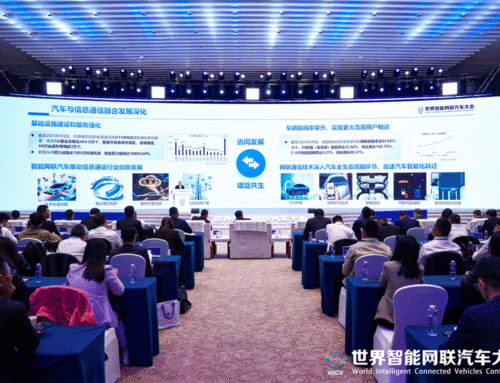In May 2025, The Ministry of Industry and Information Technology (MIIT) released the 2025 Key Tasks for Automotive Standardization, setting out 23 initiatives across five priority areas. The overall objective is to improve the automotive standard system, enhance quality and effectiveness, and strengthen implementation to support the industry’s transformation and high-quality development.
First, MIIT aims to build a comprehensive standard framework covering the full lifecycle of vehicles. This includes evaluating the 14th Five-Year Plan implementation and launching the 15th Five-Year Plan for technical standards. Key focuses include intelligent connected vehicles, NEVs, automotive chips, and dual-carbon targets. Forward-looking standards in AI for vehicles, solid-state batteries, and flying cars will also be explored. Meanwhile, China will accelerate internationalization of its standards and cultivate globally competent experts.
Second, the plan addresses emerging technologies. For NEVs, MIIT will introduce standards related to battery safety, battery swapping, motor systems, and thermal management. For autonomous driving, it will push forward mandatory standards on operational design domains (ODD), parking, simulation testing, and V2X communications. Standards for cybersecurity, data governance, intelligent cockpits, and human-machine interaction will also be advanced. In the chip sector, MIIT will standardize reliability, security, and consistency requirements to guide component selection. Automotive electronics and EMC standards will be improved to ensure functional safety. Green and low-carbon standards will cover carbon accounting, product footprints, and fuel efficiency labeling.
Third, MIIT will drive upgrades in traditional automotive sectors. This includes enhanced safety standards for occupant protection, active safety systems, and structural safety. Basic standards for dimensions, axle load, reliability, NVH, lightweighting, and durability will be revised. Standards for user experience—such as hidden door handles, seatbelt systems, and intelligent lighting—will also be researched.
Fourth, China will expand international cooperation. This includes translating national standards into foreign languages and improving alignment with international standards. China will take on leadership roles in UN WP.29 working groups, promoting global rules on autonomous driving and EV battery durability. It will also push international standards on battery swapping, in-vehicle sensors, and vehicle radar. Regional cooperation with ASEAN, Europe, Central Asia, and South America will be deepened.
Fifth, MIIT will improve the governance of automotive standardization. Standards will be aligned with national strategies and industry policies. The national technical committee on auto standardization will be restructured to improve efficiency and inclusiveness. A “green channel” will streamline approvals for urgent standards. AI-based tools will be piloted to support standard development. Public outreach will be expanded through new media, and collaboration with energy, ICT, and transport sectors will be strengthened. Talent cultivation programs—including expert selection, student competitions, and university textbooks—will support future standardization efforts.
This plan outlines China’s roadmap for intelligent, green, and globally integrated automotive standardization.
This document will have several implications for European stakeholders:
Increased Market Access Barriers
- MIIT plans to develop a number of mandatory national standards, particularly related to autonomous driving system safety, electric vehicle power systems, automotive chips, and cybersecurity.
- For European automakers and suppliers selling in China, this means closer tracking of regulatory changesis needed to ensure compliance.
Greater Pressure for Localized Technical Adaptation
- The document highlights efforts to strengthen standards for intelligent connected vehicles, power battery systems, battery swapping, and automotive-grade chips. European suppliers that cannot provide compliant solutions may lose competitiveness in local procurement processes.
- It calls for the development of new standards in areas such as megawatt charging, solid-state batteries, AI cockpits, and in-cabin biometric monitoring, which may diverge from European technical roadmaps, pushing foreign companies to adapt their product design to Chinese requirements.
Increased Pressure on International Standards Coordination
- While the document encourages standard internationalization, it clearly emphasizes enhancing the global influence and adoption of Chinese standards, signaling an ambition to lead.
- European stakeholders shouldactively participate in Chinese-led international standardization efforts (e.g., GRVA, ADS IWG, EVE IWG) to maintain influence and ensure alignment.
In a summary, Chinese standards strategy on automotives in 2025 could raise higher certification thresholds and local adaptation requirements, with more requirements on safety and cybersecurity.
Link to the original article in Chinese:
https://www.gov.cn/lianbo/bumen/202504/content_7021759.htm
The English translation of the MIIT 2025 Key Tasks by SESEC is as below:
SESEC Translation – MIIT 2025 Key Tasks for Automotive Standardization




